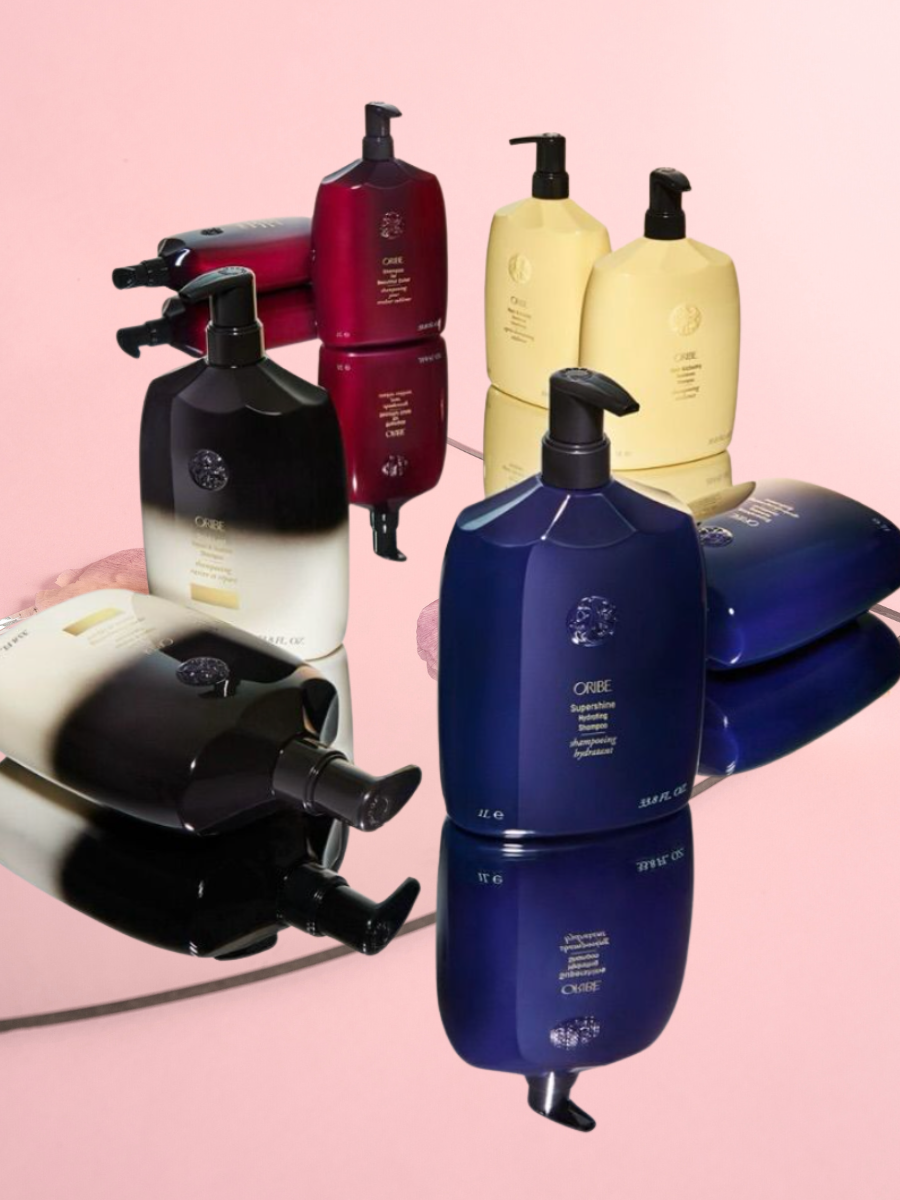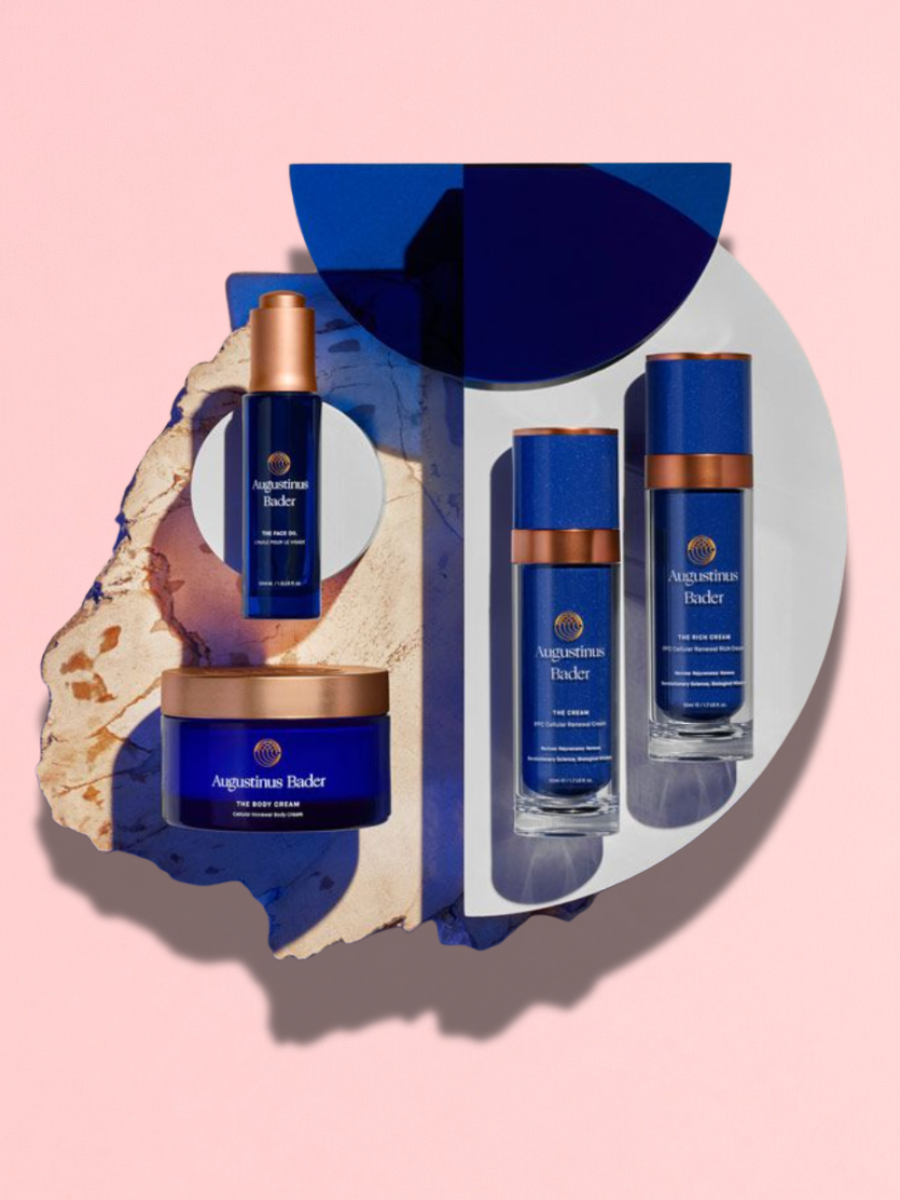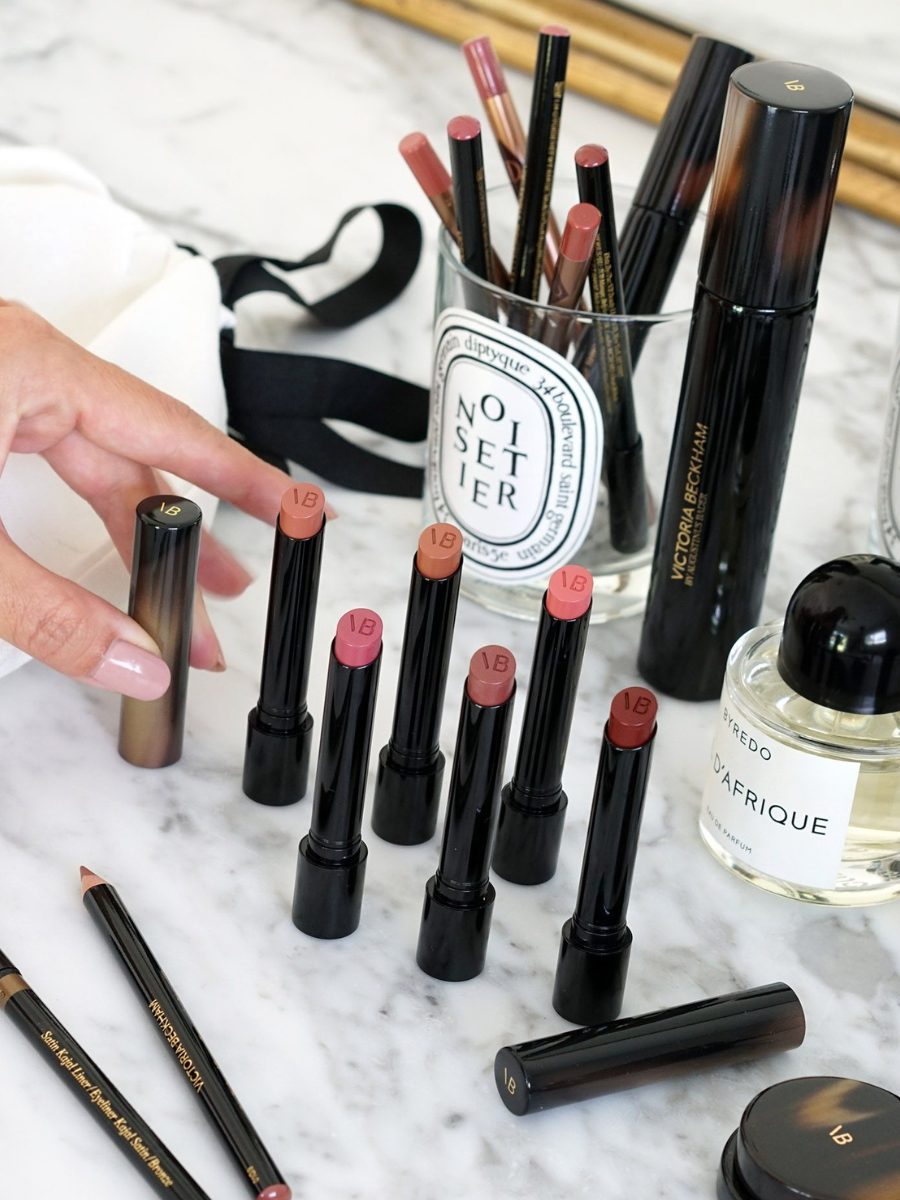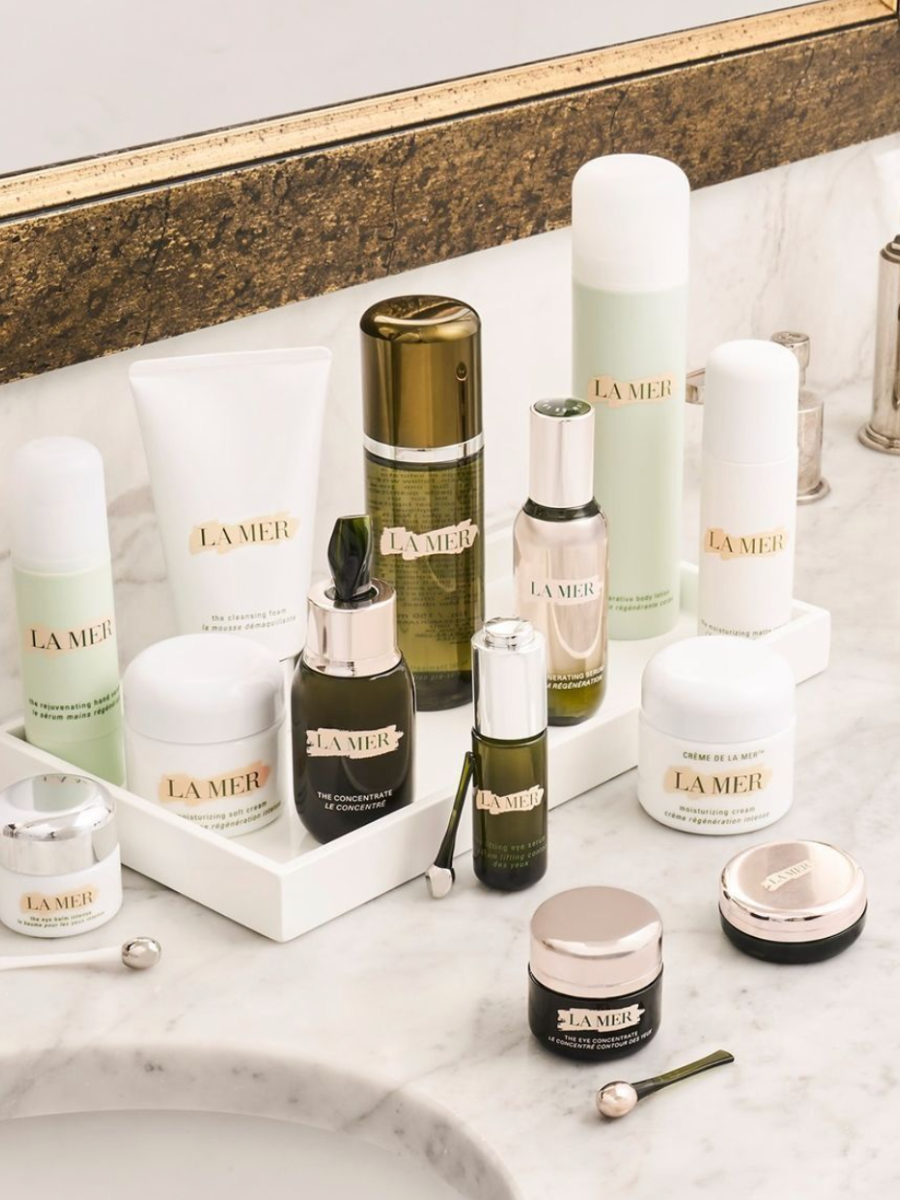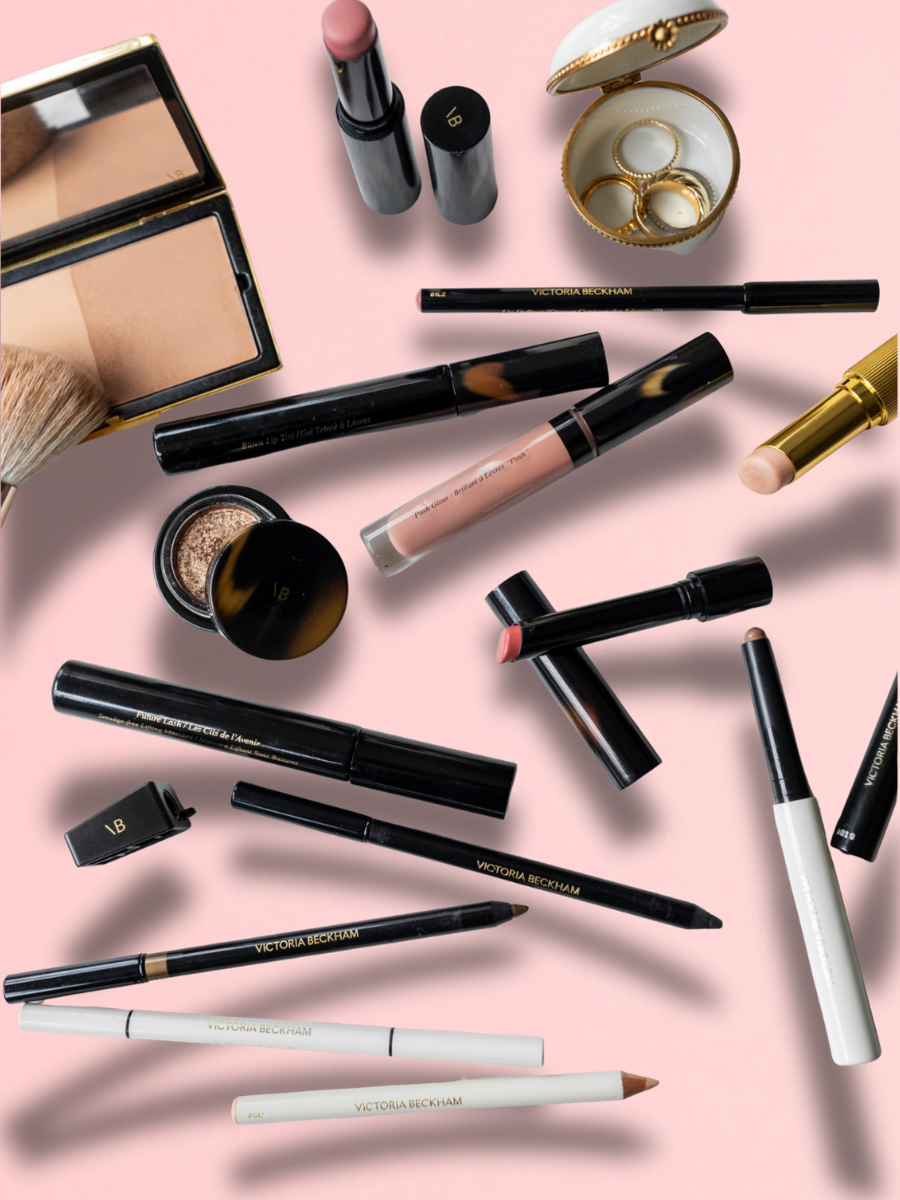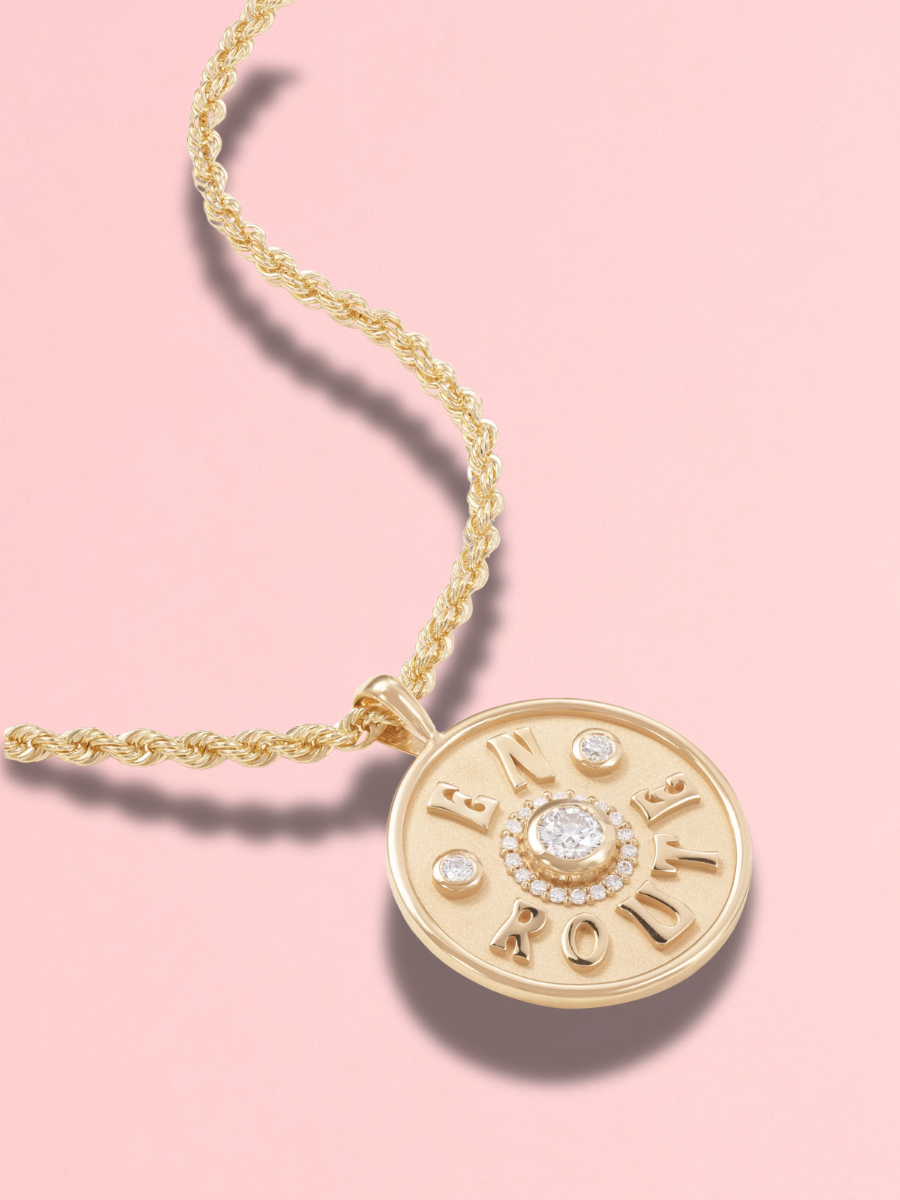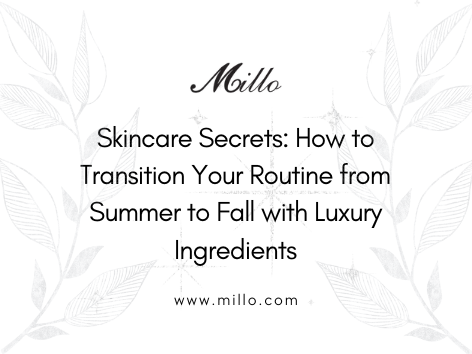Key Takeaways
- Fall's cooler temperatures and lower humidity levels require adjusting your skincare routine with more hydrating and protective ingredients.
- Luxury skincare ingredients like ceramides, peptides, and plant-based oils provide superior nourishment during seasonal transitions.
- Layer your fall skincare products strategically, starting with lightweight hydrating formulas and building to richer, protective creams.
- Consider incorporating sustainable and organic luxury products as part of your seasonal skincare update.
- Don't neglect specialized care for eyes, lips, hands, and nails, which need extra attention during cooler weather.
As the final days of summer fade and leaves begin their colorful transformation, your skin is silently signaling that it's time for a change too. The lightweight gels and sunscreens that kept you glowing on beach days won't provide the protection your skin craves as temperatures drop and indoor heating systems fire up.
This shifting seasonal landscape demands a thoughtful skincare transition—one that addresses autumn's specific challenges while preparing your skin for the months ahead. And while basic moisturizers might suffice, there's a compelling reason the global premium skincare market is projected to reach a staggering $78.7 billion by 2030: luxury ingredients deliver exceptional results, especially during these critical transitional periods.
Ready to elevate your fall skincare routine beyond the ordinary? Let's explore how marrying seasonal skincare wisdom with premium, innovative ingredients can transform your autumn complexion from dull and dehydrated to radiant and resilient.
Understanding How Fall Weather Affects Your Skin
Before selecting products for your fall routine, it's essential to understand exactly how autumn's environmental shifts impact your skin's behavior and needs.
The Seasonal Skin Shift
The transition from summer to fall brings several environmental changes that directly affect your skin:
- Decreasing humidity levels: As summer's muggy air gives way to autumn's crispness, the ambient moisture your skin relied on diminishes dramatically.
- Temperature fluctuations: Cool mornings, warm afternoons, and chilly evenings create stress on your skin's ability to regulate itself.
- Indoor heating activation: Central heating systems strip moisture from indoor air, creating artificially dry environments where your skin spends most hours.
- Wind exposure: Fall breezes can compromise your skin barrier, leading to increased transepidermal water loss.
These environmental factors trigger noticeable changes in your skin. What was once balanced and resilient during summer might suddenly feel tight, look dull, develop dry patches, or react with unexpected sensitivity.
How do you know your skin needs a seasonal update? Watch for these telltale signs:
- Increased tightness after cleansing
- Foundation that appears flaky or uneven
- Skin that feels rough to touch
- Increased sensitivity or redness
- Makeup that doesn't last as long as it did in summer
Your skincare routine should evolve alongside these changes, and that's where luxury formulations shine—they're typically developed with higher concentrations of active ingredients specifically designed to address these seasonal challenges.
The Rise and Role of Luxury Skincare Ingredients
The Premium Skincare Revolution
The statistics tell a compelling story about our collective shift toward high-performance skincare. Luxury skincare products account for over 40% of revenue generated in the global beauty industry, with the luxury skincare market expected to grow from $23.99 billion in 2024 to $26.32 billion in 2025—a remarkable 9.7% CAGR.
But what exactly classifies an ingredient as ""luxury""? It's not merely expensive packaging or marketing—true luxury ingredients are distinguished by:
- Rare sourcing (like deep-sea marine extracts or hand-harvested botanicals)
- Innovative extraction methods that preserve bioactivity
- Higher concentrations of active ingredients
- Scientifically proven efficacy through rigorous testing
- Exceptional purity and quality control
These premium formulations deliver more than just the satisfaction of indulgence—they provide measurably superior results, particularly during challenging seasonal transitions when skin requires additional support.
Fall's Must-Have Luxury Ingredients
For autumn specifically, these standout luxury ingredients deserve a place in your routine:
Ceramides
Think of ceramides as the mortar between skin cells. These lipid molecules are naturally present in your skin but become depleted with age and environmental exposure. Premium formulations use synthetic or plant-derived ceramides in precise ratios that mimic your skin's natural lipid barrier, providing superior protection against fall's drying conditions.
Peptides
These short chains of amino acids work as cellular messengers, signaling your skin to ramp up production of collagen, elastin, and other vital proteins. In luxury formulations, you'll find patent-protected peptide complexes that address specific concerns like firmness and resilience—perfect for counteracting fall's stressful environmental shifts.
Squalane
While basic moisturizers might contain simple silicones, luxury products often feature olive-derived or sugarcane-derived squalane—a biomimetic ingredient that perfectly matches your skin's natural oils. This molecular similarity allows squalane to strengthen your lipid barrier without feeling heavy or greasy.
Plant-Based Luxury Oils
Beyond basic carrier oils, premium formulations include rare botanical extracts like prickly pear seed oil (requiring 2,000 pounds of fruit to produce a single liter), bakuchiol (a gentle retinol alternative), or sea buckthorn (containing one of the highest natural concentrations of omega-7 fatty acids).
Advanced Humectants
While basic products might contain glycerin, luxury formulations incorporate multiple molecular weights of hyaluronic acid, snow mushroom extract (which can hold 500 times its weight in water), and polyglutamic acid (holding 4x more moisture than hyaluronic acid)—creating multi-dimensional hydration perfect for combating fall dryness.
Building Your Fall Skincare Routine: Step-by-Step Guide
Gentle Cleansing and Exfoliation
As summer's excess oil production decreases, harsh cleansers become counterproductive. Transition to:
Morning Cleanse: Switch to a cream or milk cleanser with hydrating ingredients. Look for formulas with ceramides, prebiotics, or gentle surfactants derived from coconut or oat amino acids.
Evening Double-Cleanse: Begin with a luxurious cleansing oil or balm containing antioxidant-rich plant oils like camellia or meadowfoam seed, followed by your cream cleanser.
Exfoliation Adjustment: Reduce physical exfoliation and introduce chemical exfoliants with additional hydrating components:
- AHAs (lactic acid is more hydrating than glycolic)
- PHAs (larger molecules that exfoliate more gently)
- Enzyme exfoliants (papain or bromelain) with moisture-binding ingredients
For a truly luxurious cleansing experience, explore the Cleansers at Millo which include premium formulations designed to purify without stripping essential moisture.
Intensive Hydration: Layering for Maximum Moisture
Fall skincare success depends on strategic layering, beginning with water-based hydration:
Hydrating Toners & Essences: Unlike summer's astringent formulas, fall calls for hydrating toners with fermented ingredients, amino acids, or multiple weights of hyaluronic acid. Apply to damp skin for maximum absorption.
Treatment Serums: Layer speciality serums containing:
- Multi-weight hyaluronic acid complexes
- Marine-derived glycoproteins
- Beta-glucans from mushroom extracts
- Panthenol (vitamin B5) at higher concentrations
- Tremella mushroom extract
Pro Tip: Apply serums from thinnest to thickest consistency, allowing 30-60 seconds between layers for optimal absorption.
Rich Moisturizers and Skin Barrier Protection
Summer's lightweight gel moisturizers should give way to more substantial formulations:
Daytime Moisturizers: Look for medium-weight creams containing:
- Ceramide complexes (ideally containing all nine ceramide types)
- Niacinamide to support barrier function
- Plant-derived squalane
- Peptide complexes
- Antioxidant blends beyond just vitamin C
Nighttime Recovery Creams: Evening is when your skin naturally loses more moisture, making this the time to introduce richer formulas with:
- Lipid-rich plant oils (marula, rosehip, sea buckthorn)
- Encapsulated retinol with soothing components
- Biomimetic lipids that match your skin's natural composition
- Stem cell extracts from alpine roses or sea fennel
For luxurious moisturizing options, the Face Cream Collection at Millo offers premium formulations specifically designed to nourish and protect through seasonal transitions.
Targeted Treatments: Serums, Masks, and Oils
Fall is the perfect time to reintroduce more potent treatments after summer's focus on sun protection:
Weekly Treatments:
- Overnight masks with bio-fermented ingredients or encapsulated actives
- Intensive hydrating treatments with advanced delivery systems
- Specialized masks targeting specific concerns that may have developed over summer (hyperpigmentation, dehydration lines, sensitivity)
Facial Oils: If you shelved your facial oils during summer, autumn is their moment to shine:
- Luxury blends containing bakuchiol (a gentle retinol alternative)
- Adaptogenic oils like ginseng or ashwagandha
- CBD-infused oils for calming irritated skin
- Multi-corrective oil blends addressing multiple fall skin concerns
Eye and Lip Care—Don't Neglect Delicate Areas
Areas with thinner skin require special attention during seasonal transitions:
Eye Area Care:
- Transition to richer eye creams containing peptides, ceramides, and plant oils
- Consider eye-specific serums with caffeine or targeted brightening ingredients
- Introduce weekly eye masks with advanced hydrogel technology for intensive hydration
The Eye Cream Selection at Millo features premium formulations designed specifically for this delicate area, providing targeted solutions for fall's challenges.
Lip Care Evolution:
- Replace summer's basic balms with treatment formulas containing peptides and plant stem cells
- Use overnight lip masks containing lanolin or shea butter derivatives
- Consider specialized products with gentle exfoliating properties to prevent chapping
Sustainability and Organic Luxury: A Modern Must
The Eco-Conscious Premium Skincare Movement
Luxury and sustainability are increasingly intertwined—approximately 72% of consumers are willing to pay more for products from companies committed to sustainability. This shift is particularly evident in premium skincare, where ethical sourcing and environmental responsibility have become as important as efficacy.
What to look for in sustainable luxury skincare:
- Ingredient Sourcing: Wild-harvested or organically grown botanicals, fair-trade certification, and regenerative agricultural practices
- Packaging Innovation: Refillable systems, biodegradable options, ocean-plastic reclamation programs
- Ethical Testing: Cruelty-free certification, ethical human trials
- Environmental Footprint: Carbon-neutral manufacturing, solar-powered facilities
Choosing Sustainable and Organic Premium Products for Fall
When selecting sustainable luxury products for your fall routine, consider:
Formulation Integrity: Look for products combining certified organic ingredients with scientifically proven actives—the best sustainable luxury brands don't sacrifice efficacy for eco-credentials.
Biocompatible Preservation: Advanced preservation systems that are both effective and gentle (radish root ferment, leuconostoc ferment, etc.) allow for clean formulations without compromising stability.
Full-Cycle Thinking: The most forward-thinking brands address not just what goes into their products but what happens when you're finished with them—look for take-back programs and innovative packaging solutions.
Consider exploring Augustinus Bader at Millo, which offers a perfect example of sustainable luxury—combining cutting-edge science with eco-conscious practices.
Specialty Focus: Anti-Aging, Men's, and Nail Care for Autumn
Anti-Aging Adaptations for Fall
With the global anti-aging market expected to reach $55.03 billion by 2025, it's clear that age-defying skincare remains a top priority. Fall's environmental stressors can accelerate visible aging, making seasonal adjustments crucial:
Retinol Reintroduction: If you reduced retinol use during summer, autumn is ideal for reincorporating this powerhouse ingredient—look for luxury formulations with encapsulated delivery systems and complementary soothing ingredients.
Advanced Antioxidant Protection: Beyond basic vitamin C, consider complex antioxidant networks including resveratrol, superoxide dismutase, and astaxanthin—all working synergistically to neutralize environmental damage.
Peptide Power: Fall is perfect for introducing advanced peptide complexes that support collagen production and skin architecture—look for products containing multiple peptide types working through different mechanisms.
Men's Skincare—Why Guys Should Transition, Too
The men's grooming market is projected to reach $29.14 billion by 2025, reflecting growing awareness that men's skin also requires seasonal care adjustments:
Simplified But Effective Routines: Men typically prefer streamlined approaches—look for multi-tasking products with fall-appropriate ingredients.
Texture Considerations: Products with quick-absorbing, non-greasy textures tend to have higher adherence rates among male users.
Post-Shave Focus: Fall's drier air can exacerbate post-shave irritation—luxury aftershave balms with ceramides and soothing ingredients are worth the investment.
Don't Forget Nail and Hand Care
With the nail care market forecasted to reach $15.55 billion, it's clear that comprehensive skincare extends beyond the face. Hands and nails often show aging and seasonal damage first:
Hand Treatment Upgrades: As temperatures drop, switch to richer hand creams containing alpha hydroxy acids for gentle exfoliation alongside intensive moisturizers.
Cuticle Care: Introduce nightly cuticle oils with jojoba, vitamin E, and keratin-strengthening ingredients.
Nail Strengtheners: Look for treatment basecoats containing calcium, biotin, and hollow silica spheres that help protect nails from fall's drying conditions.
For comprehensive body care including luxury hand treatments, explore the Body and Hand Care Collection at Millo.
Integrating Luxury Skincare Into Your Lifestyle
Making the Routine Ritualistic
Transforming your fall skincare routine from a task to a ritual enhances both compliance and enjoyment:
Create a Sensory Experience: Notice the textures, scents, and sensations of your luxury products—many premium formulations are designed with aromatherapeutic elements specifically chosen to enhance wellbeing.
Mindful Application: Rather than rushing, take time with each product—use massage techniques that enhance absorption while providing lymphatic drainage benefits.
Dedicated Space: Arrange your fall skincare collection thoughtfully, perhaps using a beautiful tray or specialized storage that makes your routine feel special.
Maintaining Consistency for Visible Results
The most luxurious products only work if you use them consistently:
Tracking Progress: Consider keeping a simple skin journal noting changes as you transition to your fall routine—this provides motivation when you see improvements.
Adapting as Needed: Listen to your skin and be willing to adjust—even the most premium skincare might need fine-tuning as the season progresses and temperatures continue to drop.
Patience with Process: Remember that skin cell turnover takes approximately 28 days (longer as we age)—give your new routine at least one full cycle to show results.
Industry Outlook: The Future of Premium Skincare & Seasonal Transitions
Anticipated Trends in Luxury Skincare
The beauty and cosmetics market is projected to reach $759.9 billion by 2025, with several emerging trends shaping the future of seasonal skincare:
Biotech Revolution: Expect lab-grown ingredients that replicate natural compounds without environmental impact—perfect for seasonal transition products.
Climate-Adaptive Formulations: Emerging technologies that respond to environmental conditions in real-time, adjusting protection levels based on humidity and temperature.
Microbiome-Centric Care: Advanced probiotic and postbiotic formulations that help skin adapt to seasonal challenges by supporting its natural ecosystem.
Personalization at Scale: Custom-blended formulations based on at-home testing, environmental data, and algorithmic recommendations.
How to Stay Ahead: Resources and Continued Learning
The skincare landscape evolves rapidly—stay informed through:
Expert Consultations: Schedule seasonal skincare assessments with professionals who can recommend adjustments based on your skin's changing needs.
Trusted Resources: Follow dermatologist-backed content rather than trending social media advice.
Periodic Reassessment: What works for your skin during early fall might need adjustment as winter approaches—remain flexible and observant.
For ongoing skincare education and seasonal recommendations, the Millo Learn Blog offers expert insights to help guide your skincare journey.
Your Most Radiant Autumn Awaits
As fall unfolds its colorful canvas, your skin deserves a thoughtful transition that honors its changing needs. By incorporating luxury ingredients strategically—ceramides for barrier protection, peptides for cellular communication, advanced humectants for multi-dimensional hydration—you're not just addressing immediate autumn concerns but investing in your skin's long-term resilience.
Remember that true luxury in skincare isn't merely about prestige or price tags—it's about results, experience, and the confidence that comes from skin at its healthiest. As you layer your premium products this fall, appreciate both the science and sensory journey they provide.
Ready to elevate your fall skincare routine with exceptional ingredients? Explore our curated collection of premium skincare for the perfect autumn regimen, or contact us for personalized recommendations tailored to your unique skin needs and concerns. Your most radiant fall complexion is just a few luxury ingredients away.

